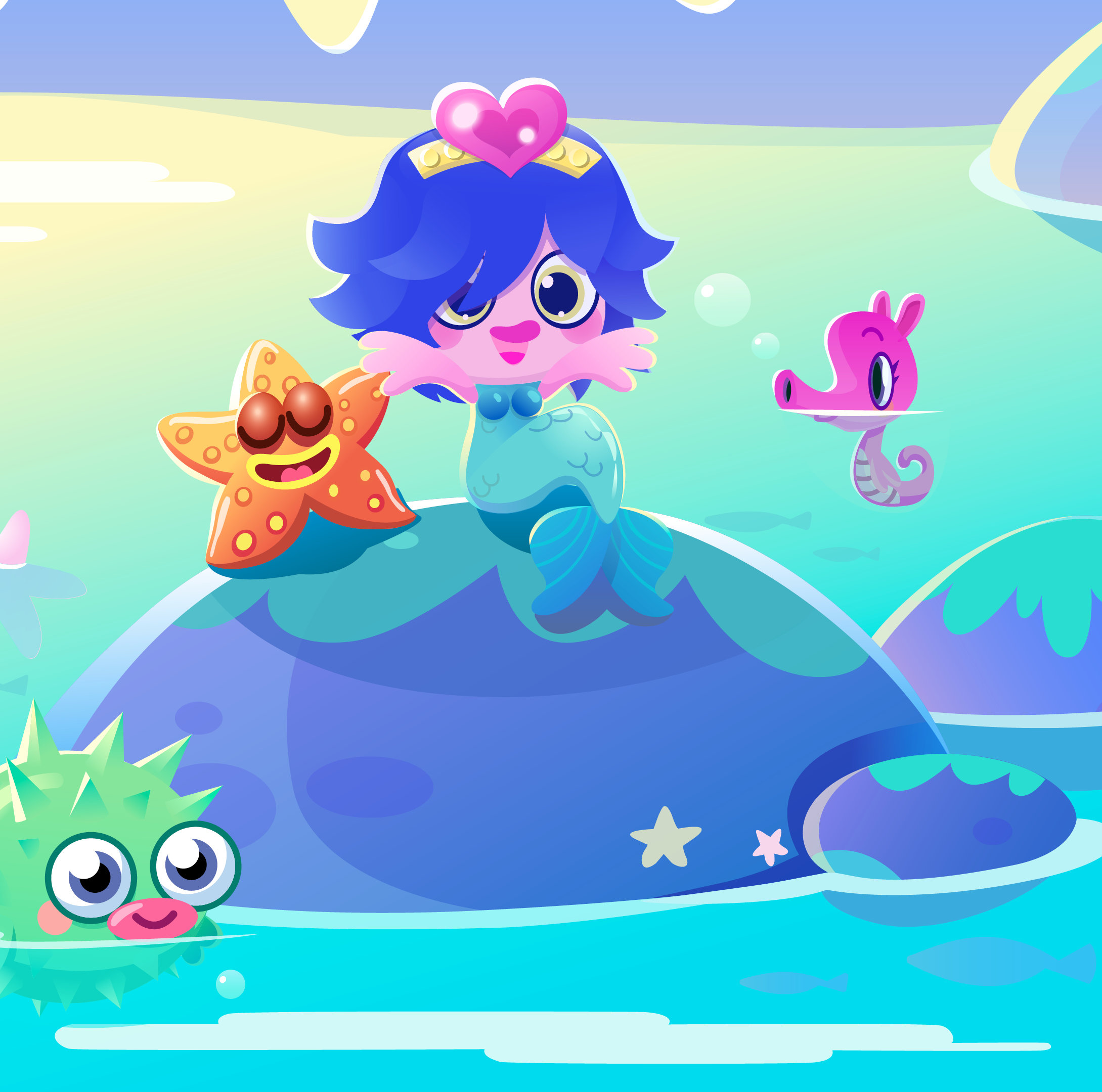
Creating an Inclusive Classroom
Think back to your favorite teachers and the classrooms where they taught. The classrooms where you felt the most welcomed were likely the most inclusive. Being inclusive means not only including everyone but creating an environment that makes being unique a good thing! Check out the tips below to find inclusivity strategies that might be right for your class.
Create a Welcoming Environment
Make sure learners see themselves in the materials and curriculum. When the assignment is self-portrait art, provide materials that allow students to represent themselves accurately. You can find crayons, markers, fabrics, dolls, and even small bandages in a range of skin tones.
Differentiate for Equity
Make time to create groups based on interests, learning styles, and other parameters rather than gender, physical attributes, past performance, or other obvious identifiers. Identifying and strengthening common interests helps make your classroom more inclusive.
Choose Language Wisely
Language in the classroom should include, not exclude. For example, using terminology like “families” instead of “parents” when discussing a take-home assignment means students with nontraditional family arrangements don’t feel left out. Language that excludes can make people feel unseen or that their lives are not as valuable.
Teach Independence
Standing up for fair treatment for yourself and others can be difficult. Social pressure among young people can drive someone to mistreat another person in order to fit in with the group. Start early and give children the language and confidence they need to stand up for equality.
Use Accurate Multicultural Resources
Use high-quality, age-appropriate multicultural resources from trusted sources. Rethinking Schools, formerly known as Teaching Tolerance, provides an extensive database of lessons on how to put into action real strategies for racial equity and anti-racism.
Create Norms for Learning About Culture and History
Communicate your expectations about how to discuss intense or difficult topics. Provide language that helps students ask questions and communicate respect. Model and practice curiosity as a strategy for learning about cultures and history, and reinforce that taking various perspectives is crucial to helping us learn about an inclusive history.
Teach Inclusivity with Moshi
When you teach relationship skills with Moshi’s track Cali’s Rock Pool of Inclusivity, you can guide students to compare Cali’s welcoming and inclusive actions to their own lives. If a conflict arises between students about inclusivity, a prompt to think about what Cali did when she met the Bubble Fish can help to resolve the situation without getting too personal. Enjoy the soothing sounds of Cali’s Rock Pool with your class as you make your classroom an inclusive and welcoming place. Download our free Conversation and Activity Guide to keep the conversation going at home.